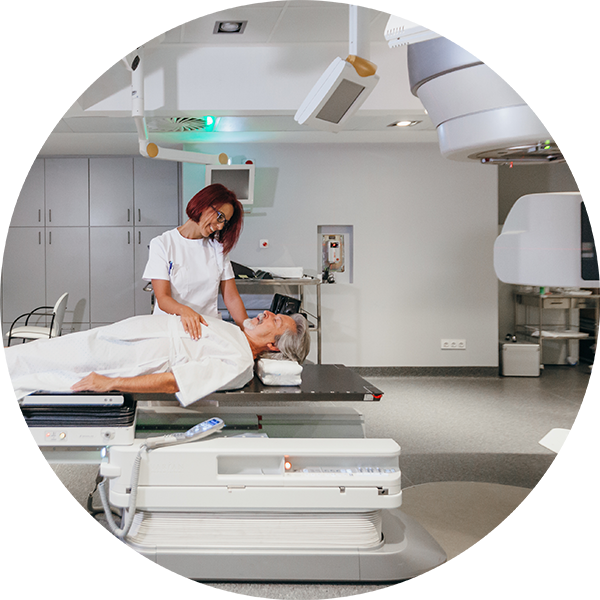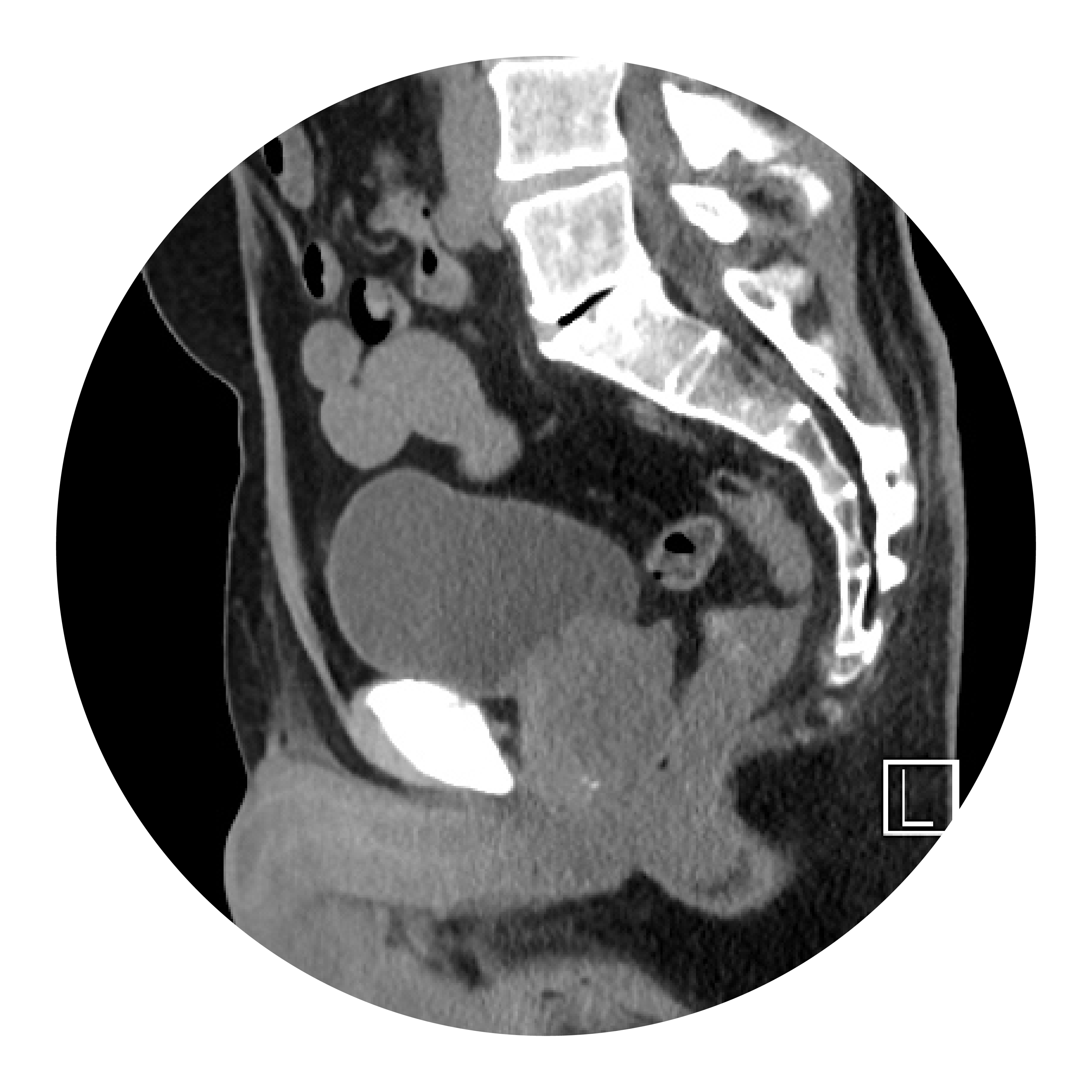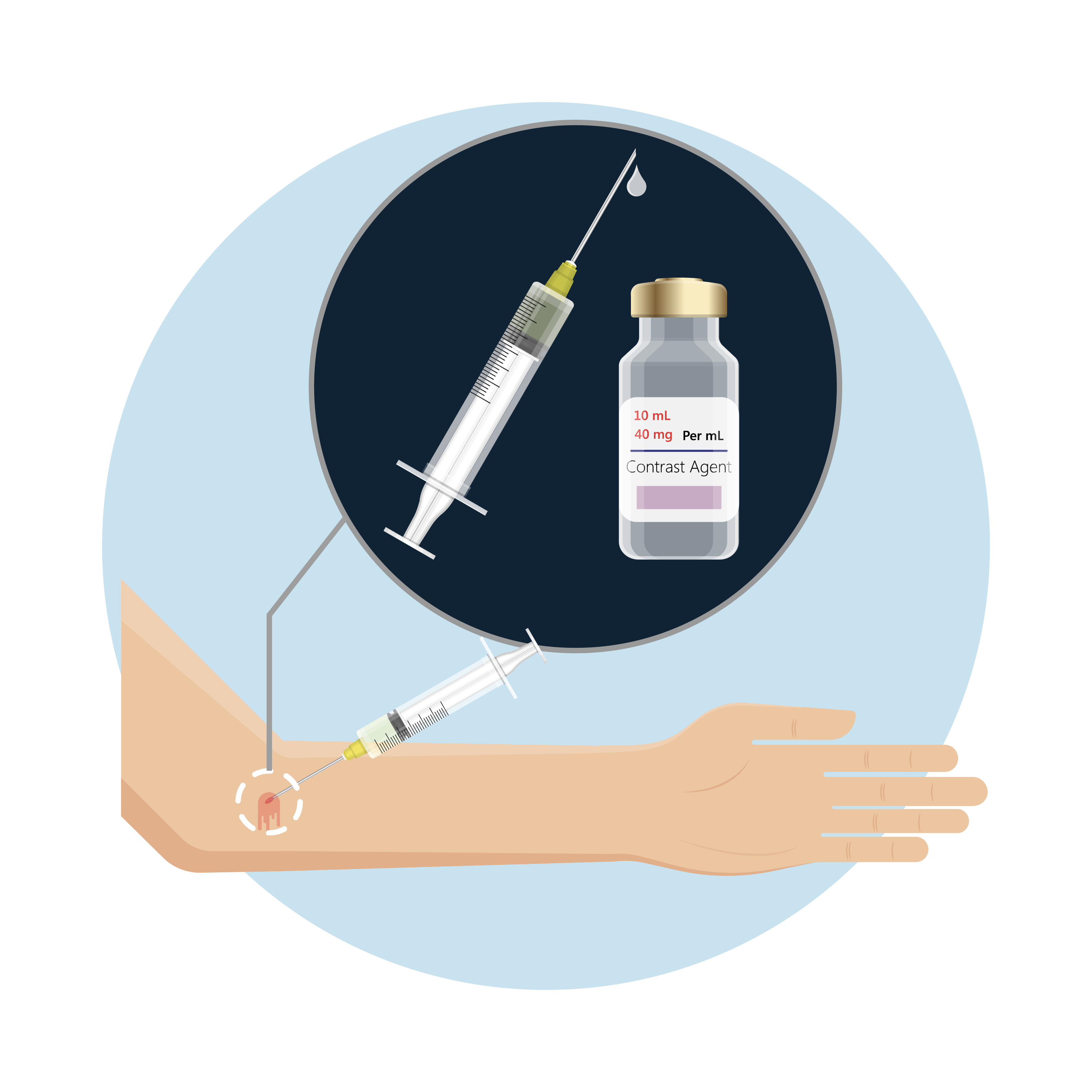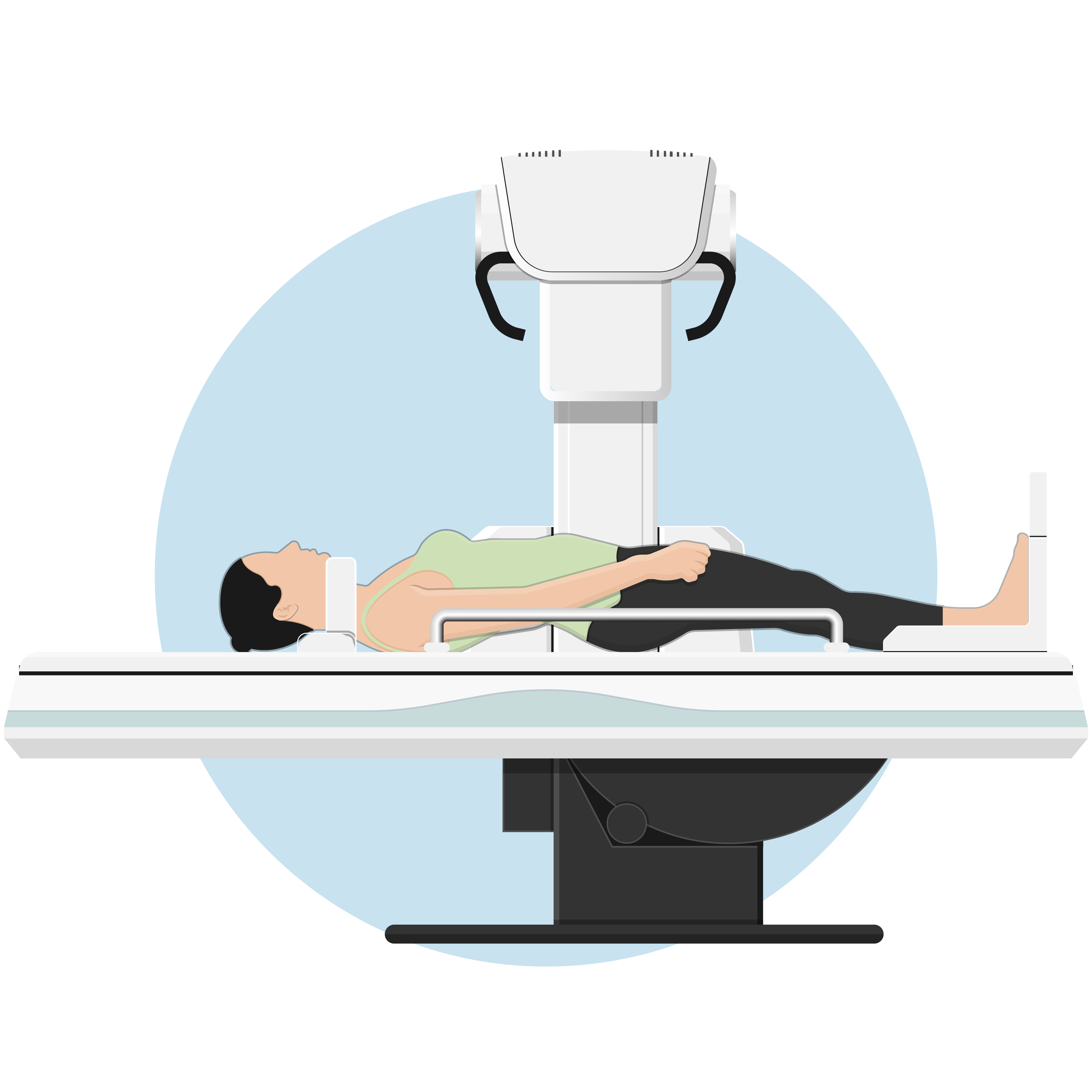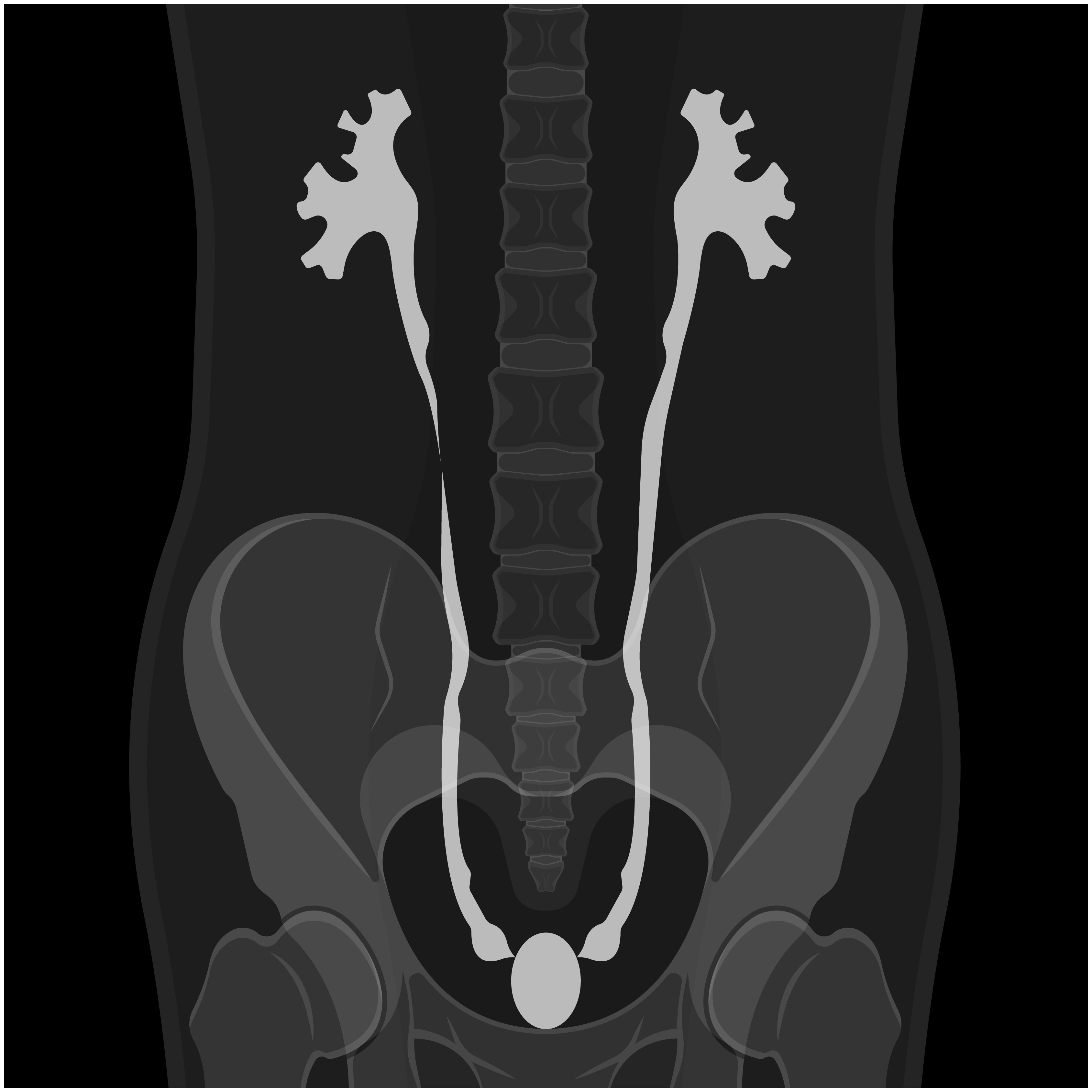Cystoscopy is a procedure where the doctor examines the bladder and urethra using a thin tube with a camera and light at the end known as cystoscope. This helps the doctor check for any abnormal areas and remove small bladder tumors or tissue samples for biopsy. Before having a cystoscopy, a local anesthetic gel is applied to your urethra (the tube through which you urinate) so you do not feel pain. The gel also helps the cystoscope to pass into the urethra more easily. The procedure usually takes about 5 minutes.1,3
If you have symptoms or lab test results that suggest bladder cancer, your doctor will need to determine whether they are due to cancer or another condition. Your doctor may1:
- Ask about your personal and family medical history to learn more about your symptoms and potential risk factors for bladder cancer.
- Inquire whether you have been exposed to any potential causes of bladder cancer, such as smoking.
- Request a urine sample for laboratory analysis to check for blood, abnormal cells, or infection.
- Perform a physical exam, which may include a pelvic exam for women, to check for signs of cancer.
Depending on your symptoms, medical history, and results from your urine tests and physical exam, your doctor may recommend further tests at a hospital to determine if you have bladder cancer and, if so, its extent or stage.1
Cystoscopy
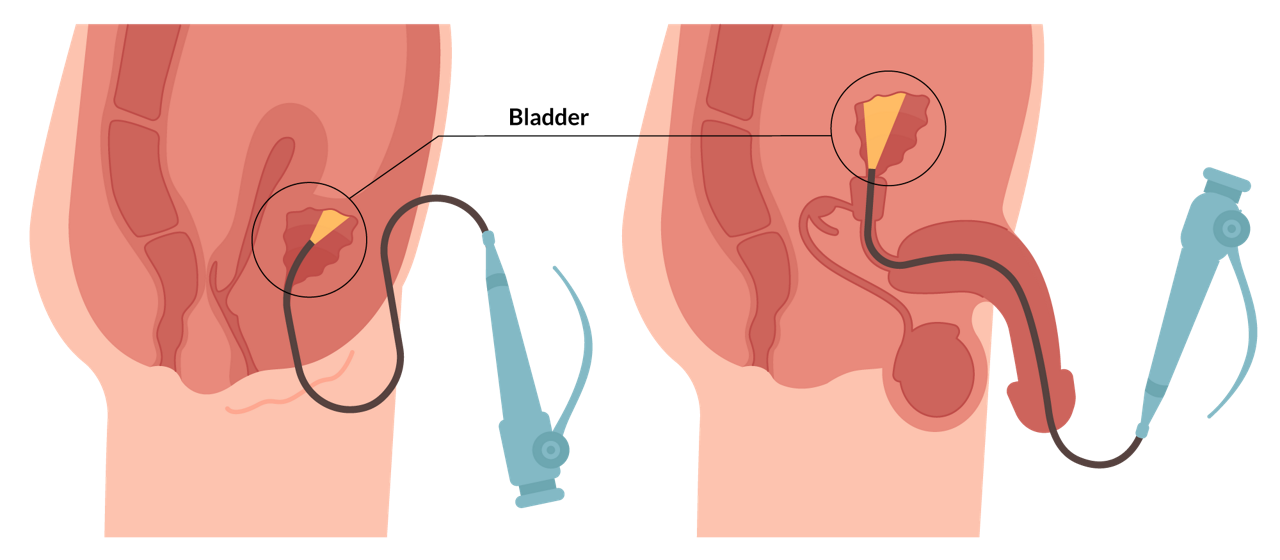
Biopsy

A cystoscopy is often used for the initial diagnosis of bladder cancer, but confirmation typically requires a biopsy, in which a small bit of tissue is removed surgically from your body to check in the laboratory.1 Biopsy is done through a procedure known as transurethral resection of bladder tumor (TURBT), also known as just a transurethral resection (TUR). TURBT is carried out under general anesthesia, so you do not feel pain.3
During this procedure, the doctor removes tumors from the bladder lining along with some of the surrounding bladder muscle. These samples are then sent to a lab to look for cancer. If cancer is detected, further testing can determine if it has invaded the muscle layer of the bladder wall. This information is crucial for determining the cancer's stage and guiding treatment decisions.1,3
Talk with your doctor to learn what to expect during and after your cystoscopy and biopsy. Some people have blood in the urine or discomfort and a burning sensation while urinating for a day or two.1
Imaging tests
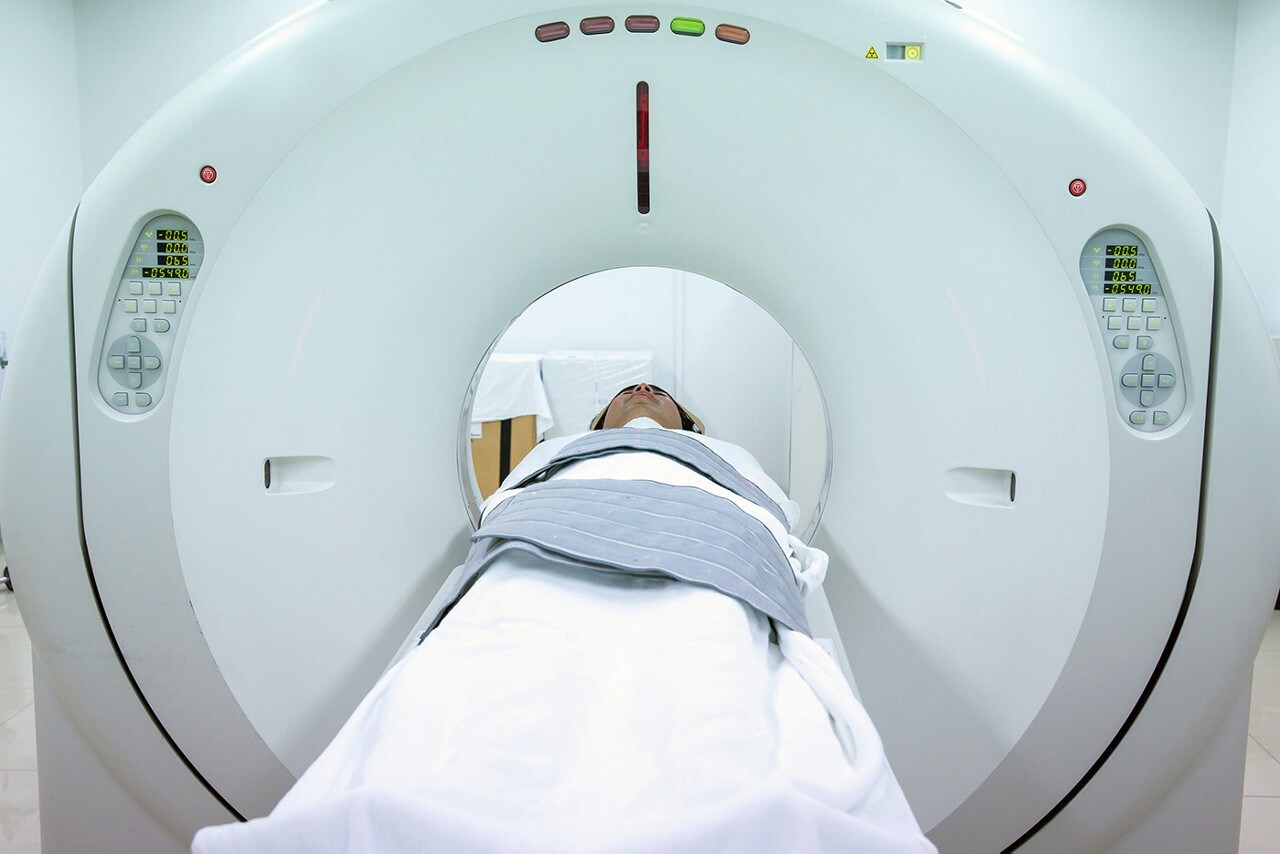
Computed tomography (CT) scan
During a CT scan, a computer linked to an X-ray machine is used to obtain a series of detailed X-ray images of areas inside the body from different angles. A specific dye is injected and travels to your bladder, illuminating the cancer cells so they can be seen in X-ray images. The contrast dye is a special liquid used during a CT scan to help doctors see certain areas of your body more clearly.1,3
Computed tomography (CT) urography
CT urography is a CT scan of the urinary tract, including the kidneys, ureters, and bladder. It provides detailed information about the size, shape, and position of any tumors in the urinary tract, including the bladder. It can also reveal enlarged lymph nodes that might contain cancer, as well as other organs in the abdomen and pelvis.1
Intravenous pyelography (IVP)
An IVP is an imaging test where you will be injected with a dye, and a radiologist will use X-rays to observe the dye’s movement through the urinary tract. This X-ray examines the kidneys’ collecting system to identify any irregularities. It is effective for detecting small cancer locations and examining the upper urinary tract, particularly the kidneys, ureters, and bladder.1
Bone scan
Like a chest X-ray, bone scans check for signs that bladder cancer has spread to your bones. A bone scan is used when checking for the presence of fast-growing cells, such as cancer cells, in the bone. In this test, a small amount of radioactive material is injected into a vein. It travels through the bloodstream and is collected in the bones with cancer, which is then detected via a scanner.1
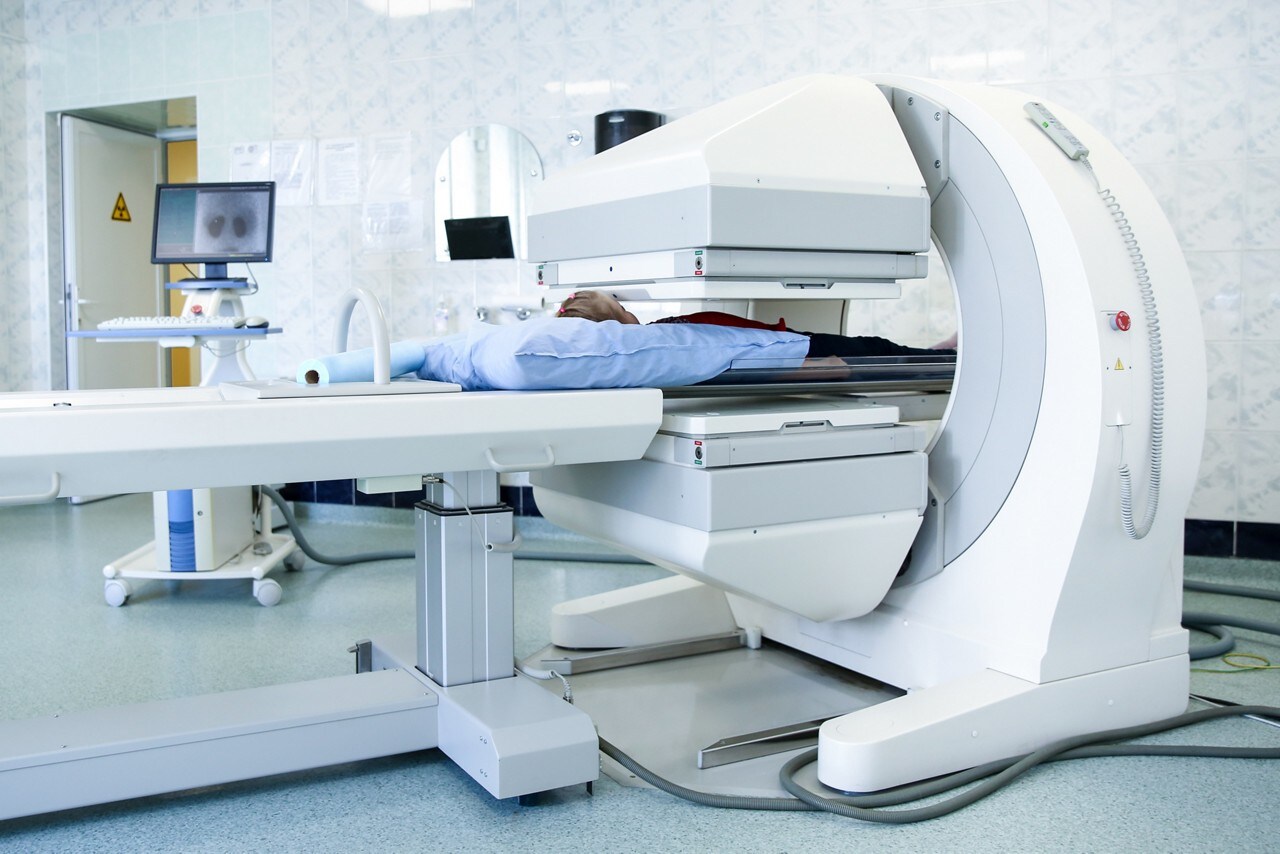
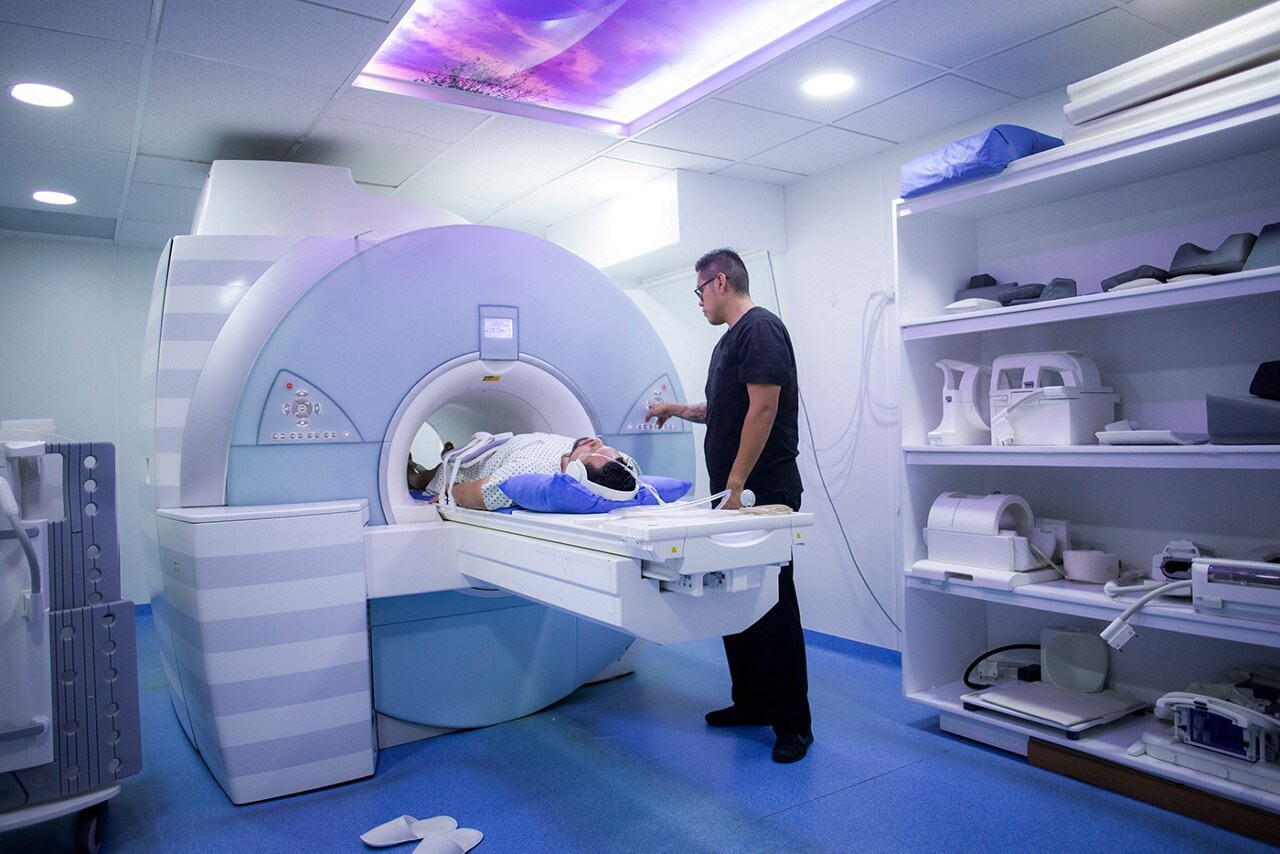
Magnetic resonance imaging (MRI)
MRI uses a magnet, radio waves, and a computer to generate detailed images of internal body areas, including the bladder. Images are acquired at three intervals after dye injection to obtain the best possible image of abnormal areas in the bladder.1,2
Chest X-ray
A chest X-ray refers to the use of X-ray waves to visualize the organs and bones located within the chest. X-rays, a form of high-energy radiation, can pass through the body and onto a film, providing an image of areas inside the chest. A chest X-ray may be done to see if the bladder cancer has spread to the lungs. This test is not needed if a CT scan of the chest has been done.1
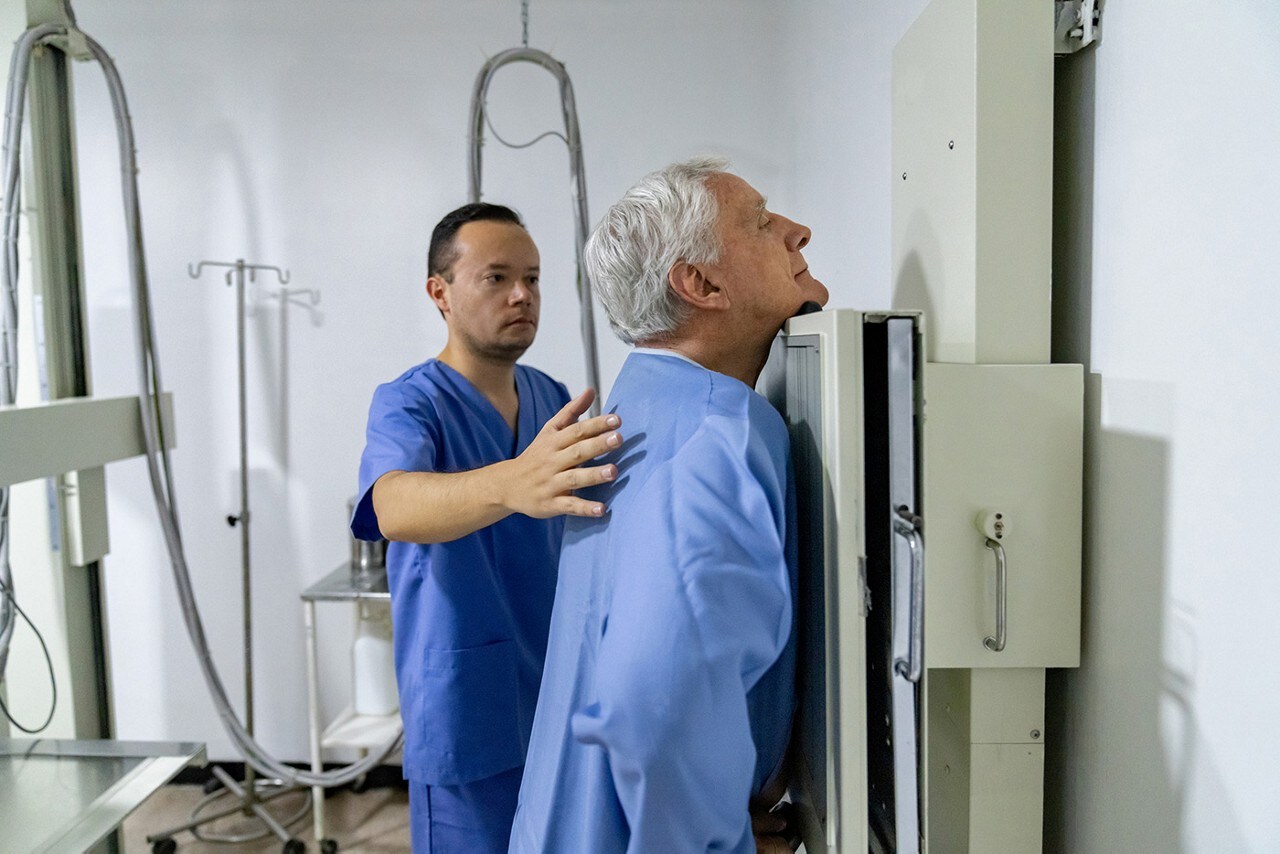
Urine tumor marker test
Urinary tumor markers are substances present in the urine that are produced by either bladder cancer cells or the body in response to bladder cancer. In this test, a urine sample is examined in the laboratory to check for the presence of these substances. Results of urine tumor marker tests can help diagnose certain types of bladder cancer. These biological markers, or biomarkers, can provide additional information to healthcare providers to better predict a patient’s outcome and their response to different treatments.1
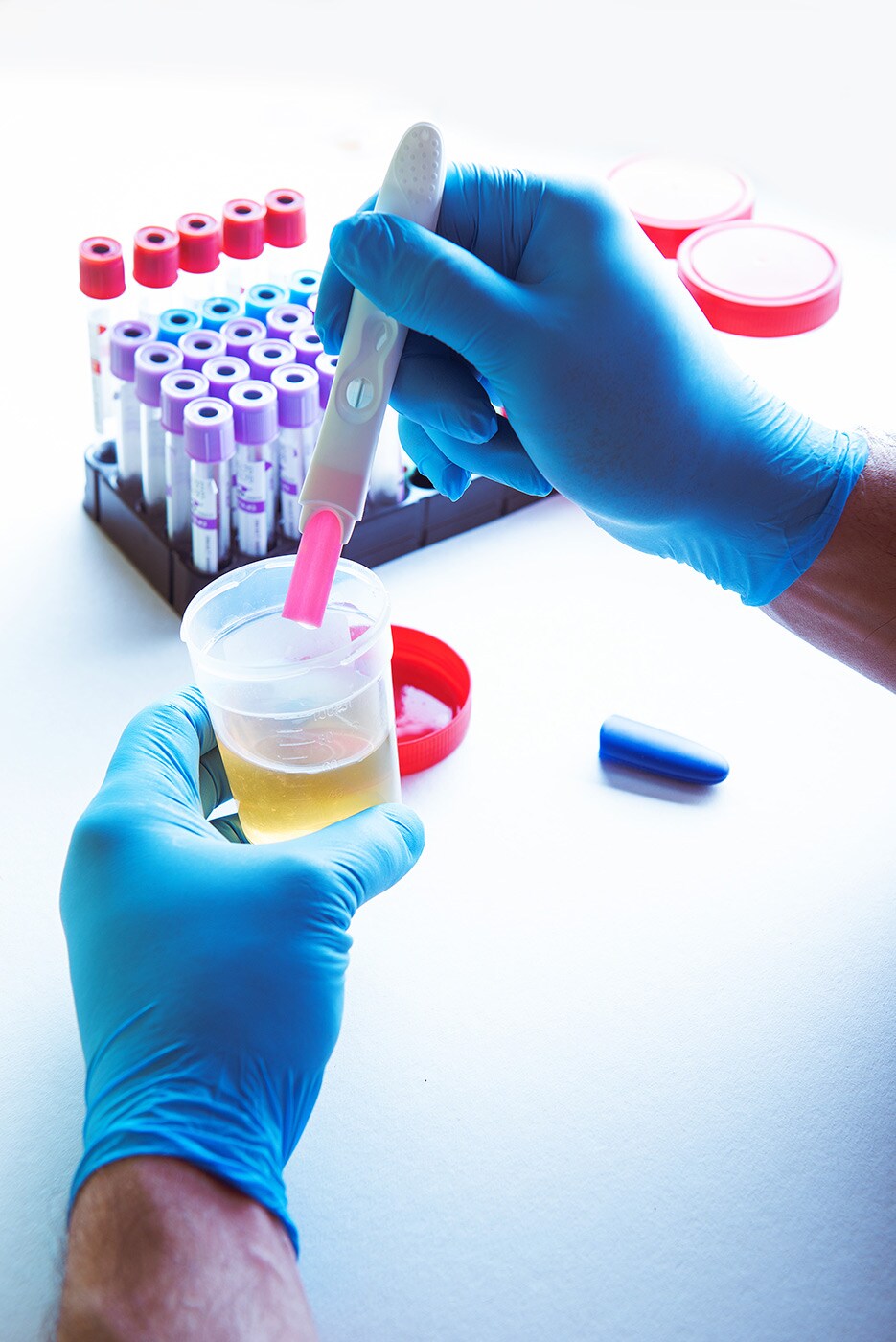
Technical Terms
Getting a Second Opinion
Some people may consider seeking a second opinion to verify their bladder cancer diagnosis and treatment plan. If you decide to pursue a second opinion, you will need to obtain essential medical test results and reports from your initial doctor to share with the second doctor. The second doctor will review all the reports before offering their recommendation. The doctor providing the second opinion may agree with your first doctor's assessment, propose modifications or an alternative approach, or provide additional insights about your cancer.1

Learn more about bladder cancer
- Bladder Cancer Diagnosis. National Cancer Institute. Updated March 1, 2024. Accessed November 11, 2024. https://www.cancer.gov/types/bladder/diagnosis
- Bladder Cancer: OVERVIEW. Cleveland Clinic. Updated August 26, 2022. Accessed November 11, 2024. https://my.clevelandclinic.org/health/diseases/14326-bladder-cancer
- Diagnosis of Bladder Cancer. NHS inform. Updated October 14, 2024. Accessed November 11, 2024 https://www.nhsinform.scot/illnesses-and-conditions/cancer/cancer-types-in-adults/bladder-cancer/#diagnosing-bladder-cancer
- Bladder cancer. Definition of biomarker. NCI Dictionary of Cancer Terms. Accessed on November 11, 2024. https://www.cancer.gov/publications/dictionaries/cancer-terms/def/biomarker
